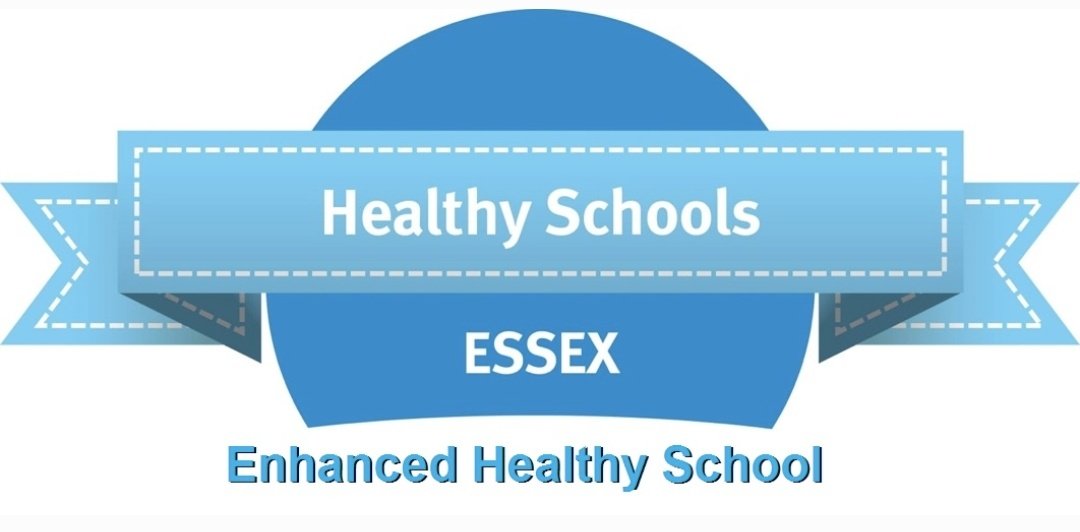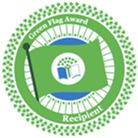
Links to our Year Group Computing Outcomes
We follow the National Centre for Computing Education (NCCE) schema for teaching Computing. This approach is underpinned by the following 11 pedagogy principles:
Lead with concepts
We support pupils in the acquisition of knowledge, through the use of key concepts, terms, and vocabulary, providing opportunities to build a shared and consistent understanding. Glossaries, concept maps, and displays, along with regular recall and revision, are used to support this approach.
Work together
We encourage collaboration, specifically using pair programming and peer instruction, and also structured group tasks. Working together stimulates classroom dialogue, articulation of concepts, and development of shared understanding.
Get hands-on
We use physical computing and making activities that offer tactile and sensory experiences to enhance learning. Combining electronics and programming with arts and crafts (especially through exploratory projects) provides our pupils with a creative, engaging context to explore and apply computing concepts.
Unplug, unpack, repack
We teach new concepts by first unpacking complex terms and ideas, exploring these ideas in unplugged and familiar contexts, then repacking this new understanding into the original concept. This approach (semantic waves) can help our pupils develop a secure understanding of complex concepts.
Model everything
We model processes or practices — everything from debugging code to binary number conversions — using techniques such as worked examples and live coding. Modelling is particularly beneficial to novices, providing scaffolding that can be gradually taken away.
Foster program comprehension
We use a variety of activities to consolidate knowledge and understanding of the function and structure of programs, including debugging, tracing, and Parson’s Problems. Regular comprehension activities will help our children secure understanding and build connections with new knowledge.
Create projects
We use project-based learning activities to provide pupils with the opportunity to apply and consolidate their knowledge and understanding. Design is an important, often overlooked aspect of computing. Pupils can consider how to develop an artefact for a particular user or function, and evaluate it against a set of criteria.
Add variety
We provide activities with different levels of direction, scaffolding, and support that promote active learning, ranging from highly structured to more exploratory tasks. Adapting our instruction to suit different objectives helps keep all pupils engaged and encourage greater independence.
Challenge misconceptions
We use formative questioning to uncover misconceptions and adapt teaching to address them as they occur. Awareness of common misconceptions alongside discussion, concept mapping, peer instruction, or simple quizzes can help identify areas of confusion.
Make concrete
We bring abstract concepts to life with real world, contextual examples and a focus on interdependencies with other curriculum subjects. This can be achieved through the use of unplugged activities, proposing analogies, storytelling around concepts, and finding examples of the concepts in pupils’ lives.
Read and explore code first
When teaching programming, we focus first on code ‘reading’ activities, before code writing. With both block-based and text-based programming, we encourage pupils to review and interpret blocks of code. Research has shown that being able to read, trace, and explain code augments pupils’ ability to write code.










